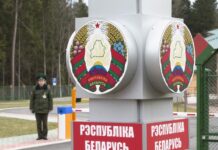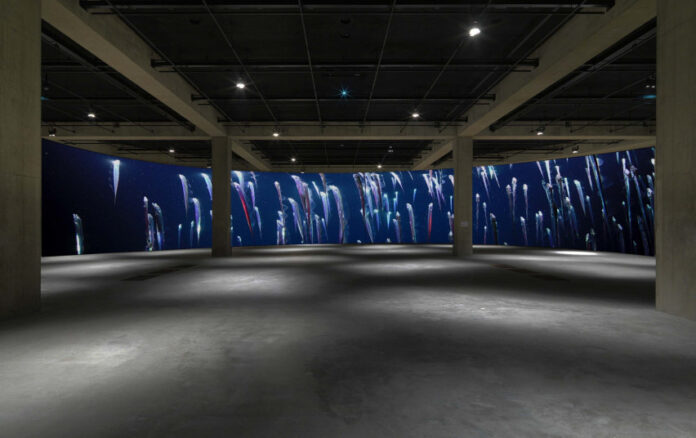
With a Canadian connection
Tate Modern, one of the top modern art galleries in the United Kingdom, is featuring Lithuanian artist Emilija Škarnulytė in “Power to Change”, a program of art and events reflecting emotional and practical responses to climate and ecological emergency in the artistic, museum and cultural sectors. The program is scheduled just before the United Nations Climate Change Conference COP26 in Glasgow, Scotland, hosted by the UK in partnership with Italy, from October 31 to November 12, 2021.
In two short video works Škarnulytė explores natural environments that are critical to the planet’s existence. A new video-installation by Škarnulytė, Eternal Return, is presented in the south Tank, and two previous works that explore natural environments critical to the planet’s existence, by the artist and New Mineral Collective, will be screened throughout the weekend of October 30-31. (New Mineral Collective, Pleasure Prospects, 2019, HD video, sound, approx. 16 minutes, with subtitles; Emilija Škarnulytė, Sirenomelia, 2017, HD video, sound, approx. 11 minutes, with subtitles.)
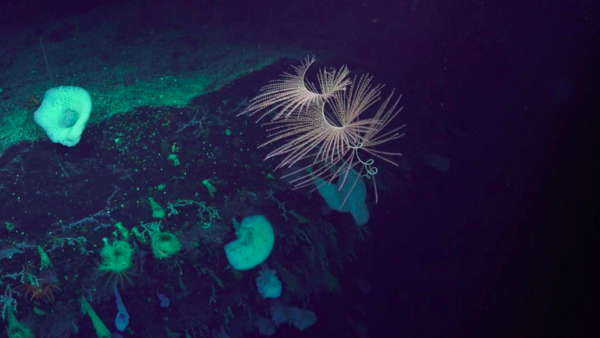
New Mineral Collective (NMC) is an artist duo formed in 2012 by Tanya Busse and Emilija Škarnulytė. Their work questions geography, landscape, ecology and human relations with nature. The collective defines their activities as “counter-prospecting”, in opposition to the practice of excavating mineral deposits to mine raw materials. New Mineral Collective describes itself as “the largest and least productive mining company in the world”. Born in Canada in 1982, Tanya Busse works across the mediums of moving image, installation, and photography. Recent exhibitions include Stone Witness, Nanaimo Art Gallery, Canada; Sacrifice, Röda Sten Konstall, Gothenburg, Sweden; Let The River Flow, Office of Contemporary Art Norway, amongst others. She is also the director of Mondo Books, an independent book platform that publishes and distributes printed materials across the circumpolar north.
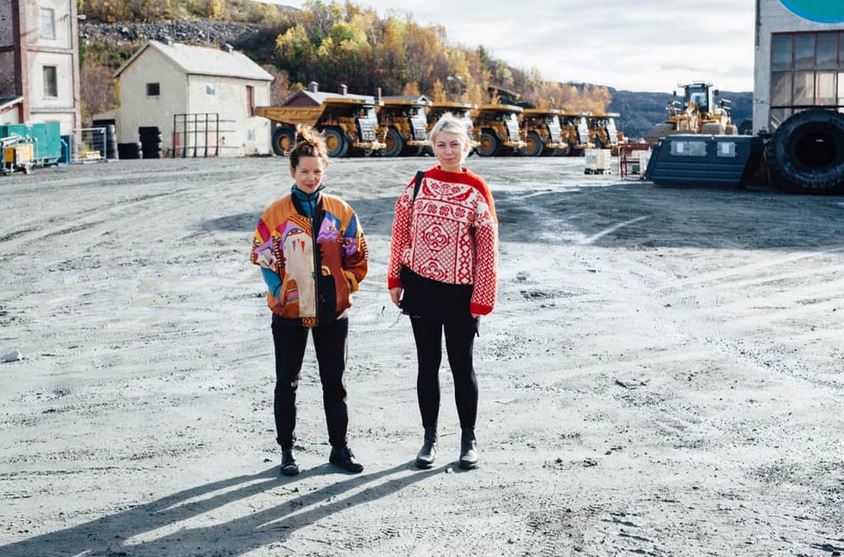
The NMC video Pleasure Prospects reflects on the nature of prospecting in a speculative way. Following the artists as they acquire prospecting licenses, the video explores both topographical landscapes and earthly interiors, including Toronto’s annual mineral-mining convention Their headquarters, a sci-fi geodesic dome, is the site where various “geo-trauma healing therapies” are performed, in hopes of finding counter prospects and alternative forces. Commissioned by the Toronto Biennial of Art with generous support from the Office of Contemporary Art Norway.
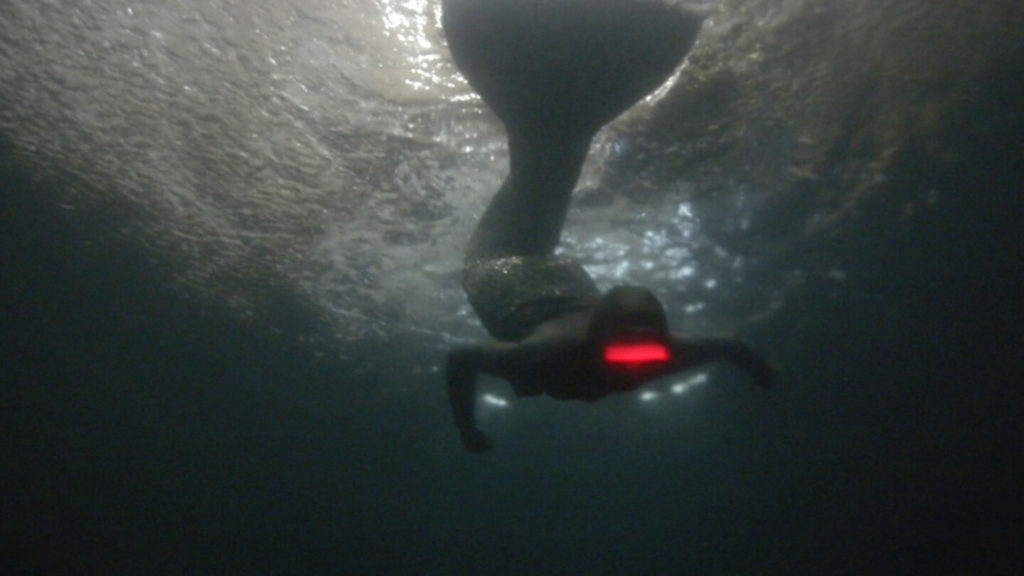
Sirenomelia was shot in two locations above the Arctic Circle, which the artist measures with her own body: an abandoned Cold-war submarine base in Olavsvern, Norway, 217 miles north of the Arctic Circle, and the Geodetic Observatory at Ny-Ålesund, Spitsbergen, the most northern permanently inhabited settlement in the world. The work invites us on an audio-visual journey, as a mermaid dives through the Cold War ruins of nuclear submarine tunnels above the Arctic Circle in this in-depth focus on Sirenomelia by artist and filmmaker Emilija Škarnulytė, a poetic and scientific meditation on the artist’s iconic cinematic installation exploring post-human mythologies, future archaeology, and the invisible structures that enfold us, from the cosmic and geologic to the ecological and political. With essays, interviews, and excerpts from Andrew Berardini, Roland Penrose, Nadim Samman, and Alison Sperling. Set in far-northern territories where cold, Arctic waters meet rocky escarpments on which radio telescopes record fast-traveling quasar waves, Sirenomelia links humans, nature, and machines and posits possible post-human mythologies. Shot in an abandoned Cold-War submarine base in Olavsvern, Norway, Sirenomelia is a cosmic portrait of one of mankind’s oldest mythic creatures—the mermaid. The artist, performing as a siren, swims through the decrepit NATO facility while cosmic signals and white noise traverse the entirety of space, reaching its farthest corners, beyond human impact.
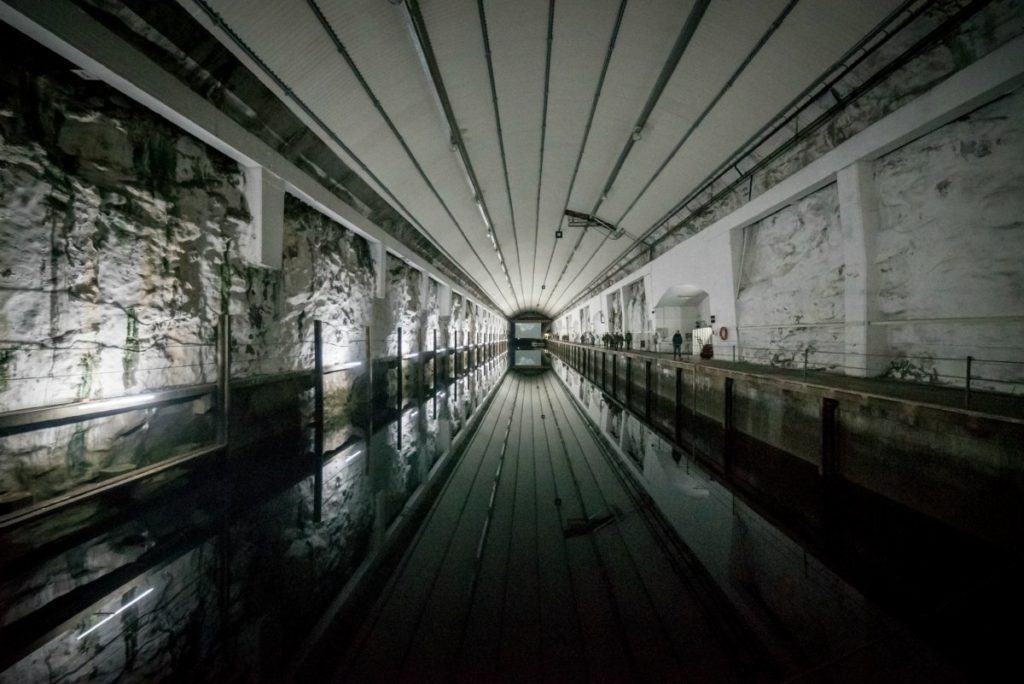
Emilija Škarnulytė (born Lithuania, 1987) is an artist and filmmaker. Winner of the 2019 Future Generation Art Prize, her solo exhibition Chambers of Radiance opened at the Pinchuk Art Centre in Kiev in 2020. Škarnulytė represented Lithuania at the XXII Triennale di Milano and was included in the Baltic Pavilion at the 2018 Venice Biennial of Architecture. She has had solo exhibitions at CAC, Vilnius and Kunstlerhaus Bethanien, Berlin, and has participated in group presentations at Ballroom Marfa, Seoul Museum of Art, Kadist Foundation, and the First Riga Biennial. Her films have been screened at the Serpentine Gallery, UK, the Centre Pompidou, France and at film festivals in Rotterdam, Busan, and Oberhausen. She also founded and currently co-directs Polar Film Lab, a collective for analogue film practice located in Tromsø, Norway.
Alongside her collaborative practice, Emilija Škarnulytė has developed her own adjacent research for the past ten years, incorporating film and video as an enquiry of the shifting boundaries between ecological and cosmic forces.
With information from Tate Modern, Alkas.lt








